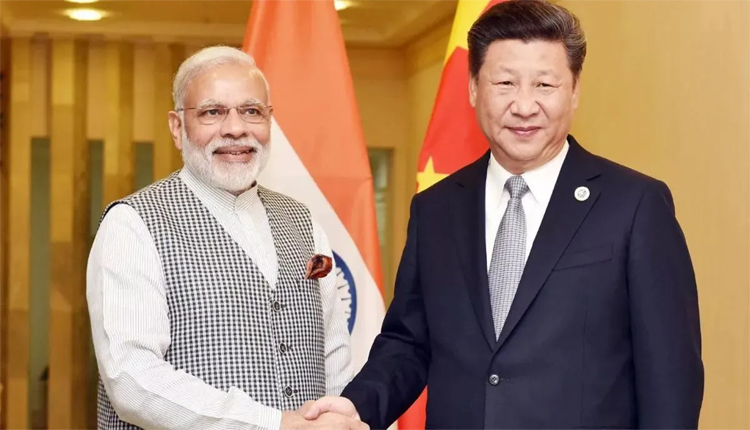New Delhi: With the world tensions smouldering between trade wars and alliances, Indian Prime Minister Narendra Modi is preparing a decisive visit to China next week. He is also going to the Shanghai Cooperation Organisation (SCO) summit in Tianjin — the first time he will visit the neighbouring country after being in office for more than seven years.
This is amid the US President Donald Trump’s hostile tariff measures that are compelling India to realign its relationship with Beijing and Moscow to the chagrin of Washington.
Taking place from August 31 through to September 1 under the chairmanship of the Chinese President Xi Jinping, it is expected to be the biggest in SCO history. It is expected to host more than 20 world leaders, such as the Russian President Vladimir Putin and United Nations Secretary-General Antonio Guterres. In the case of India and China, whose ties have been icy since the fatal 2020 Galwan Valley scuffle, the incident may herald a partial de-escalation. Modi and Xi will probably engage in bilateral talks on the fringes, areas of border issues, trade disequilibrium, and stability in the region.
The following is what is important: the background of US tariffs. The administration of Trump has imposed heavy taxes on the Indian exports, citing unfair trade practices. This has made New Delhi consider further economic integration with China, its biggest trading partner, despite the frictions that continue.
Analysts attribute a pivot in the strategic direction to the involvement of India in SCO – a block frequently perceived to be in opposition to Western influence. As America withdraws into itself in trade, India cannot do away with isolating itself from Eurasian powers, a high-ranking diplomat in Delhi observed, on condition of anonymity.
The SCO was established in 2001 by China and Russia, but today they have been joined by India, Pakistan and Iran as well as some countries in Central Asia. It seeks to enhance security and economic relations and counter-terrorism. The summit this year will focus on such issues as the instability in Afghanistan and connectivity projects, with China advancing its Belt and Road Initiative. For Modi, attending it would involve juggling the obligations of India to the Quad alliance with the US, Japan and Australia, without antagonising Beijing.
In a way it is not a multilateral meeting but a geopolitical chess game. According to one of the experts, the visit of Modi to China has the potential to transform the Indo-Pacific politics, particularly when it results in the de-escalation across the Line of Actual Control. However, sceptics caution that ingrained mistrust is not going to disappear in a day. The summit is also characterised by the increasing isolation of Russia by the West, which brings it increasingly close to Asian allies in the presence of Putin.
The Tianjin meeting could not be marked by a direct US presence – the US is not an SCO member – but its shadow casts big. Will it trigger a 3-way conversation between America, China and India in the future? It is yet to be seen, but in the meantime, the trip of Modi is a bold move in a multipolar world.



Comments are closed.